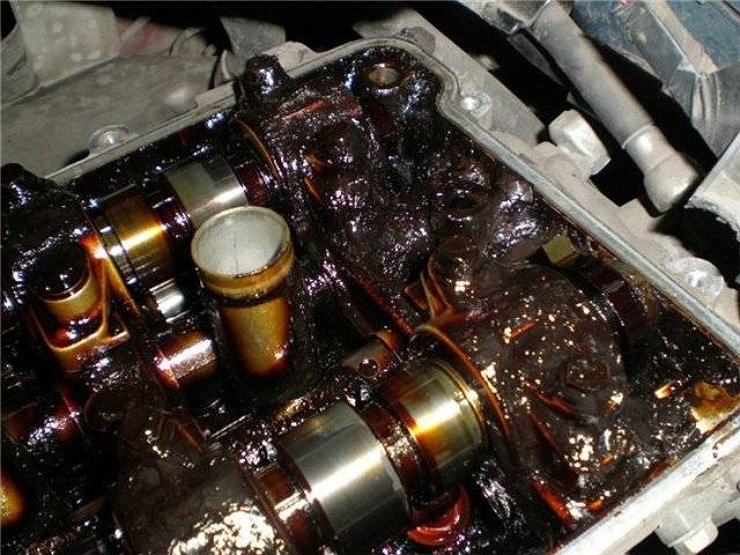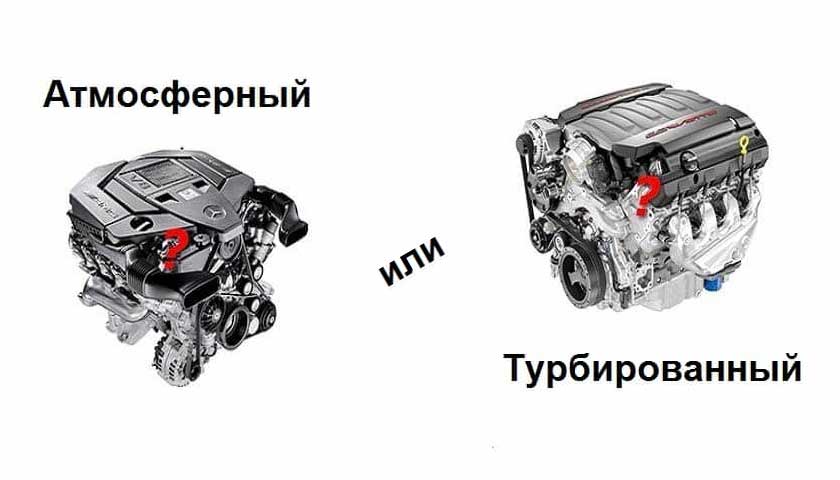
Which engine is better naturally aspirated or turbocharged?
Content
The question of choosing a car with a turbocharged or conventional naturally aspirated engine at some point sharply confronts a car enthusiast who is thinking about purchasing a new vehicle. Both options have their strengths and weaknesses to consider. A turbocharged motor is usually associated with power. Whereas aspirated put on budget small cars. But today there is a trend when more and more cars, even in the middle price category, are equipped with turbocharged gasoline units.
We will try to figure out this problem on our website Vodi.su: which engine is better - atmospheric or turbocharged. Although, there is no single correct answer. Everyone chooses for themselves, based on their needs, financial capabilities and desires.
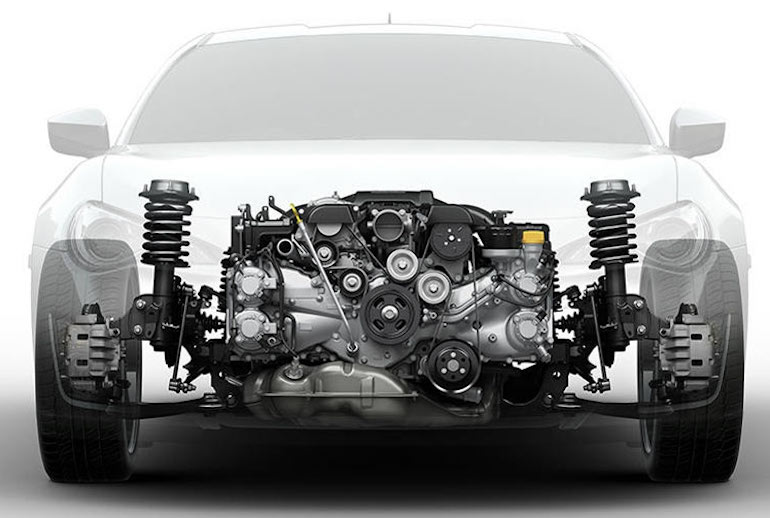
Atmospheric engines: their advantages and disadvantages
They are called atmospheric because the air necessary for the fuel-air mixture is sucked into the engine through the air intake directly from the atmosphere. It passes through the air filter, and then mixes with gasoline in the intake manifold and is distributed to the combustion chambers. This design is simple and is an example of a classic internal combustion engine.
What are the strengths of the atmospheric power unit:
- a simpler design means a lower cost;
- such units are not too demanding on the quality of fuels and lubricants, especially if you drive domestic cars;
- mileage to overhaul, subject to timely maintenance with oil and filter changes, can reach 300-500 thousand kilometers;
- maintainability - restoring an atmospheric engine will cost less than a turbocharged one;
- consumption of smaller volumes of oil, it can be replaced every 10-15 thousand km (we recently discussed this topic on Vodi.su);
- the motor warms up faster at sub-zero temperatures, it is easier to start it in frost.
If we talk about the negative points compared to the turbine, they are as follows.
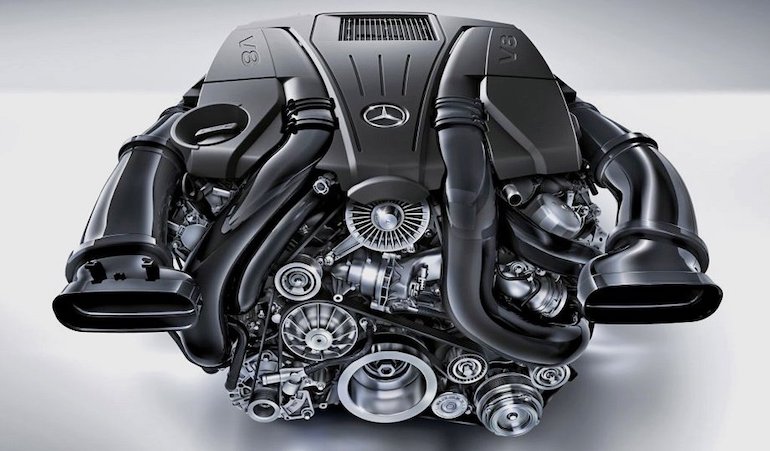
Firstly, this type of power units is characterized by less power with the same volumes.. In this case, a simple example is given: with a volume of 1.6 liters, the atmospheric version squeezes out 120 horsepower. One liter is enough for a turbocharged engine to achieve this power value.
The second minus directly follows from the previous one - aspirated weigh more, which, of course, is displayed on the dynamic characteristics of the vehicle.
Thirdly, gasoline consumption will also be higherwhen comparing two options with the same power. So, a turbocharged engine with a volume of 1.6 liters will be able to develop a power of 140 hp, burning 8-9 liters of fuel. Atmospheric, for work at such capacities, will need 11-12 liters of fuel.
There is one more thing: in the mountains, where the air is more rarefied, the atmospheric motor simply will not have enough power to move through a complex landscape with serpentines and narrow roads at high slope angles. The mixture will be lean.
Turbocharged engines: strengths and weaknesses
This version of the power units has a lot of positive aspects. First of all, automakers began to use them so widely for the simple reason that high power is achieved due to the afterburning of exhaust gases, and less harmful emissions are released into the atmosphere. Also, due to the presence of a turbine, these motors weigh less, which positively affects a number of indicators: acceleration dynamics, the possibility of compact installation and reduction in the size of the car itself, moderate fuel consumption.
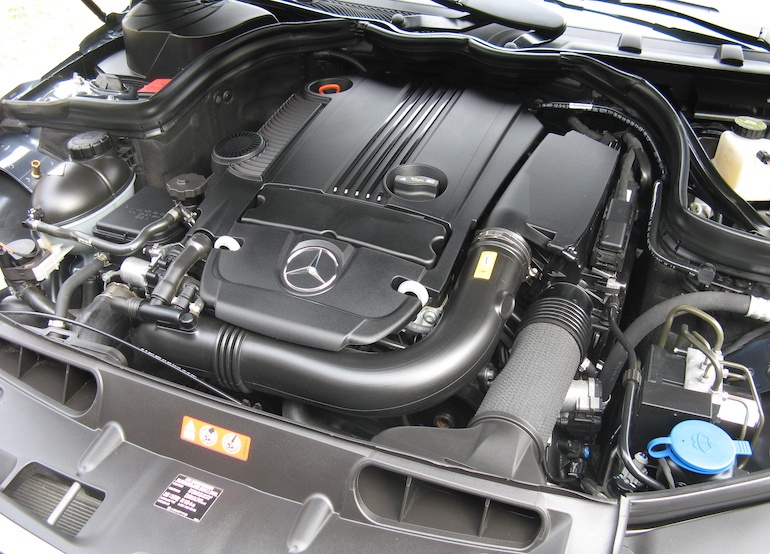
We list other advantages:
- high torque;
- ease of movement on difficult routes;
- a more revving engine is ideal for SUVs;
- during its operation, less noise pollution is emitted.
After reading the previous section and the advantages listed above, you might think that cars with turbocharged engines have practically no disadvantages. But this would be a very erroneous opinion.
The turbine has enough weaknesses:
- you need to change the oil more often, while quite expensive synthetics;
- the service life of the turbocharger is most often 120-200 thousand km, after which an expensive repair will be necessary with the replacement of the cartridge or the entire turbocharger assembly;
- gasoline also needs to be bought of good quality at proven gas stations and strictly with the octane number that the manufacturer requires in the manual;
- compressor operation depends on the condition of the air filter - any mechanical particle that enters the turbine can cause serious problems.
Turbine requires a fairly careful attitude. For example, you cannot immediately turn off the engine after stopping. It is necessary to let the compressor run a little at idle until it cools down completely. In cold weather, a longer warm-up at low speeds is required.
It should also be noted that technology is constantly evolving, so both types of engines are becoming more reliable and productive. The answer to the question of which engine is better naturally aspirated or turbocharged depends on your needs: you are buying a car for commuting, or you want to buy an SUV for long off-road trips. When buying a used car, turbocharged engines are treated suspiciously, since repairing a turbocharger or a complete replacement is only a matter of time.
Loading…

